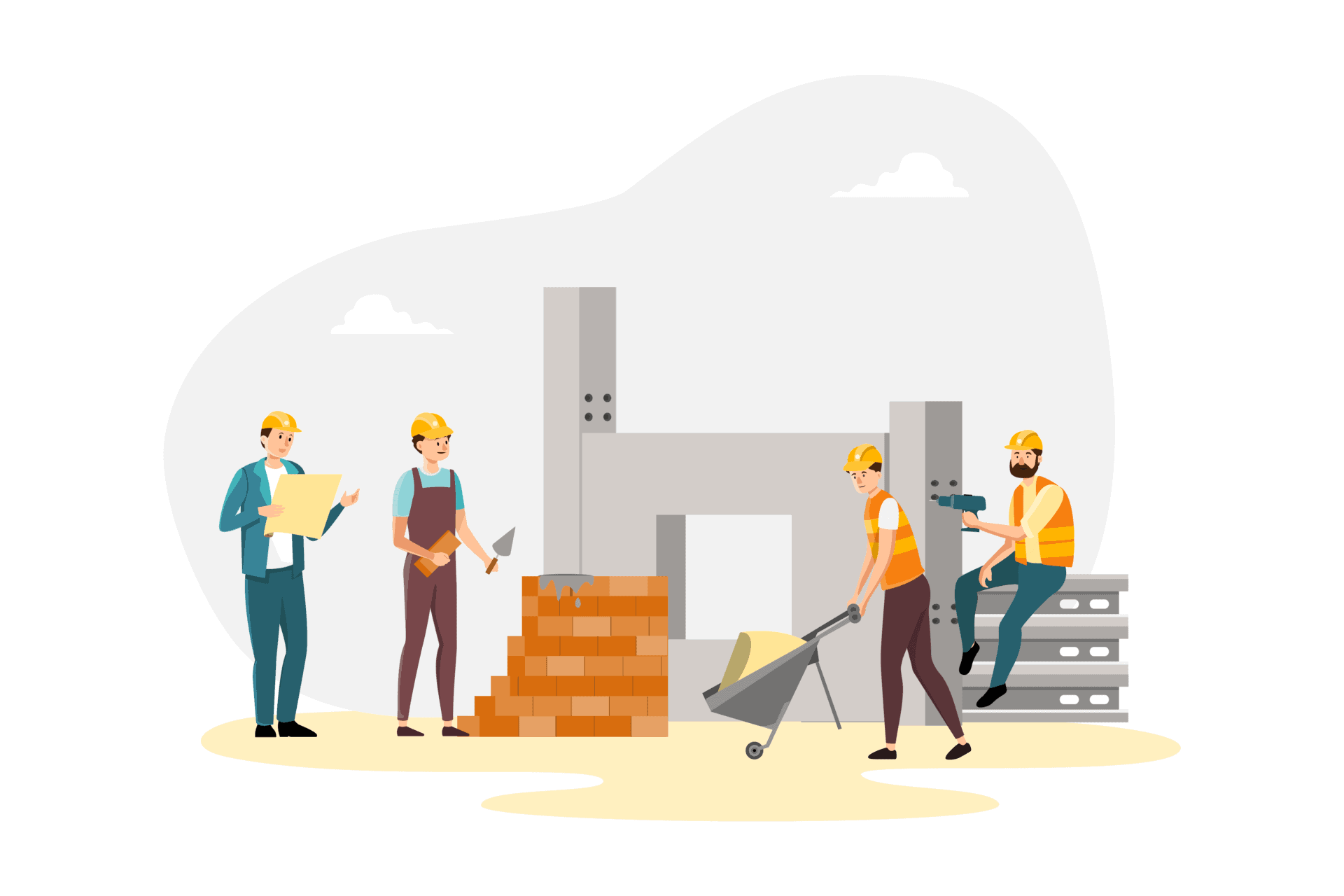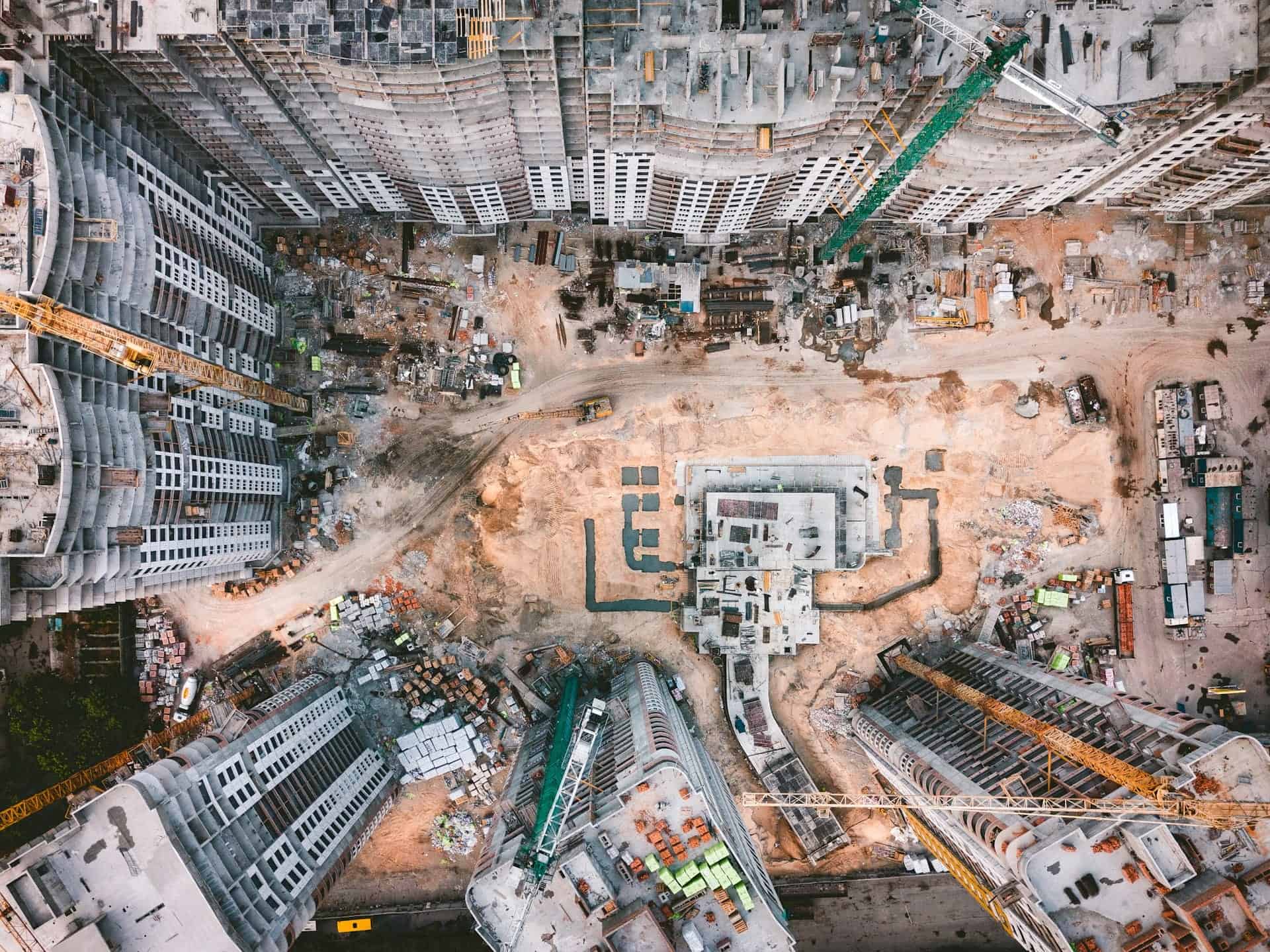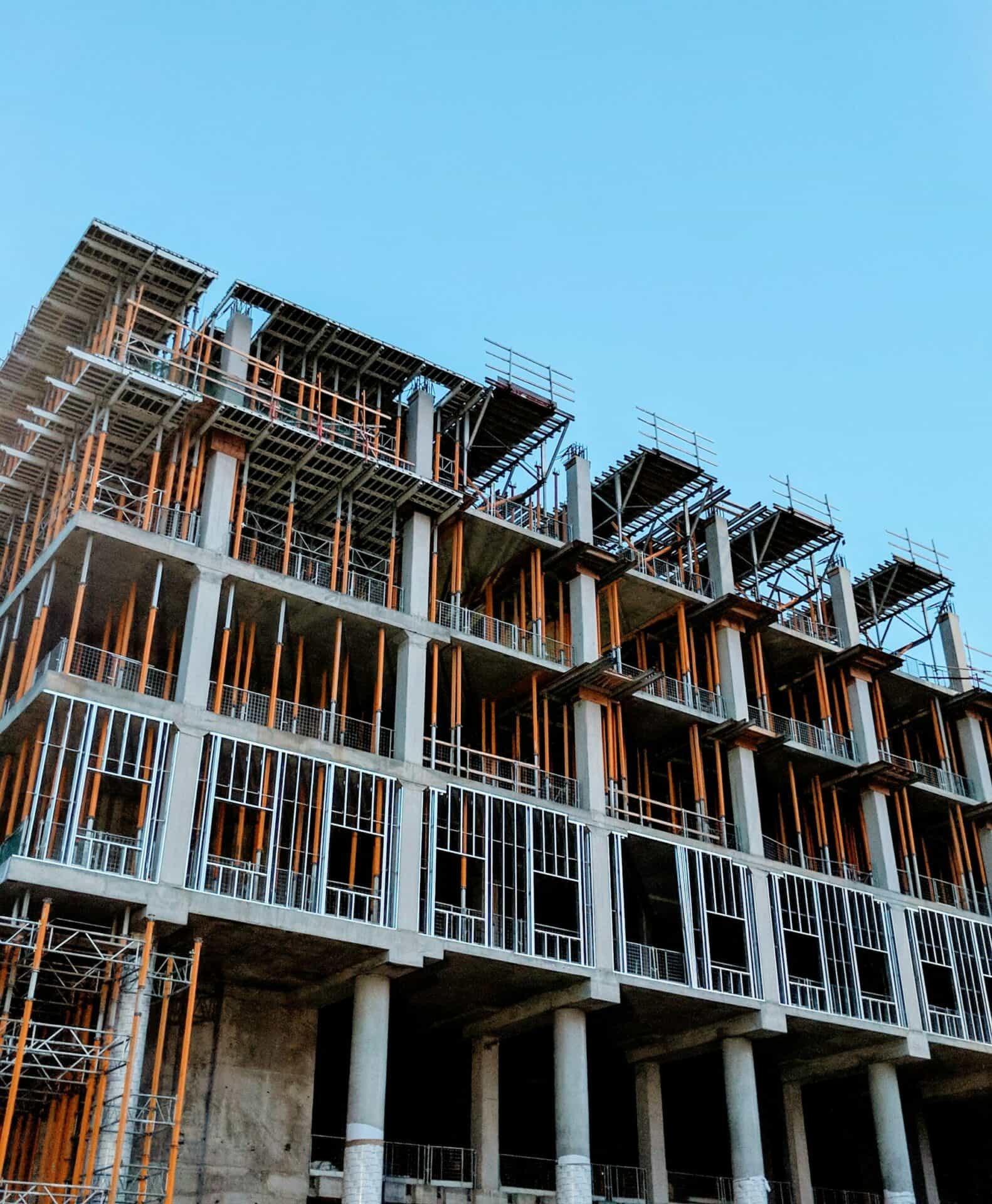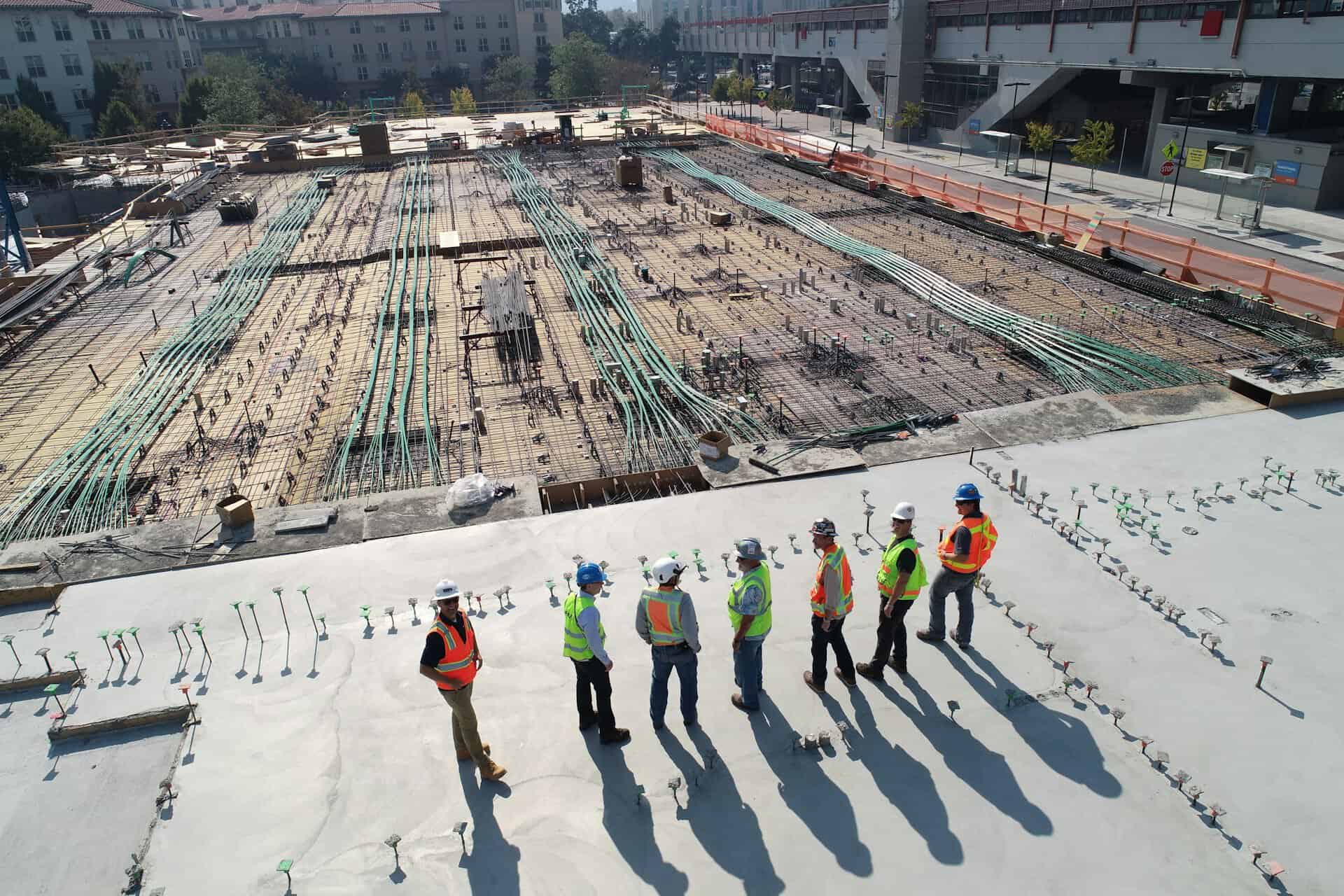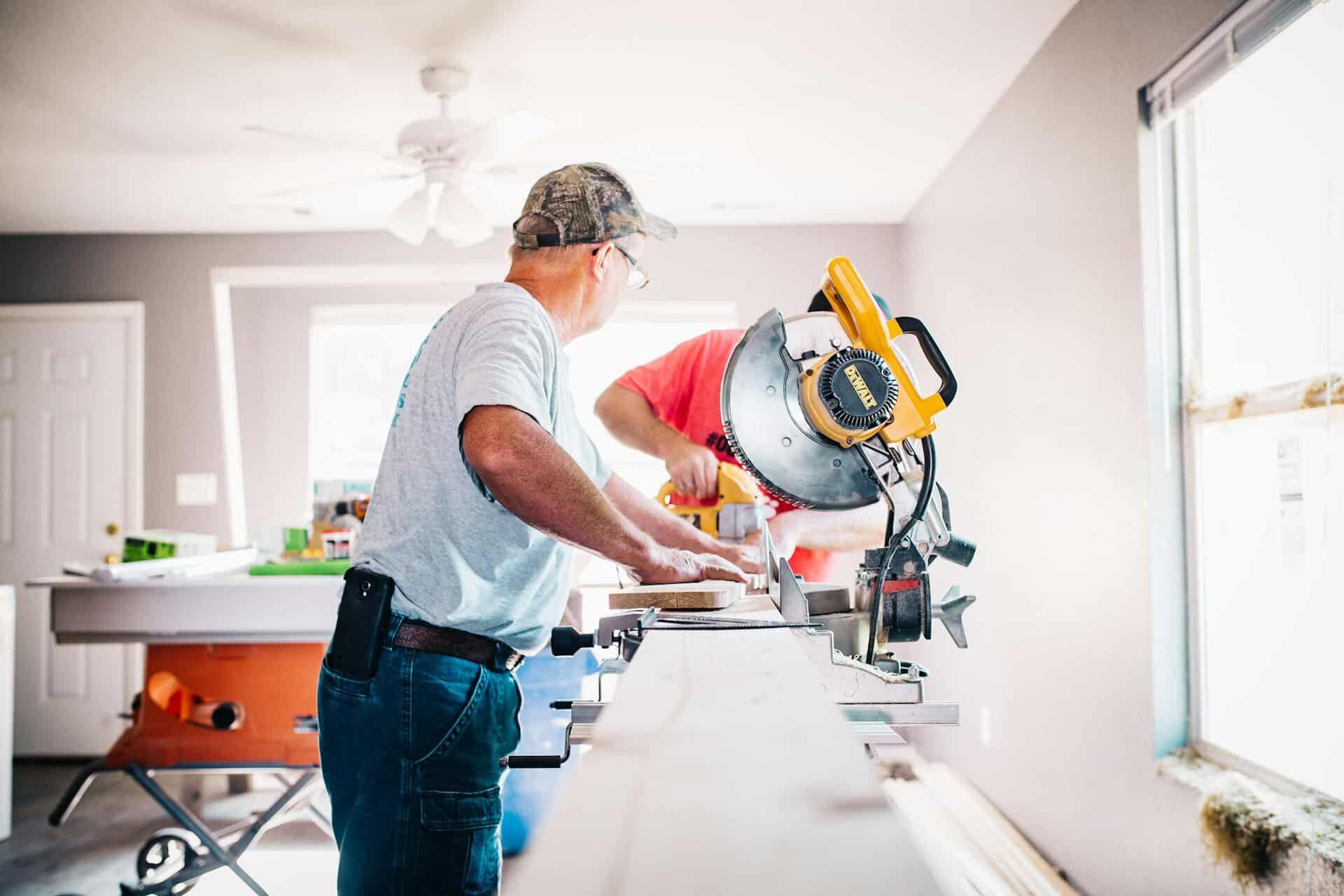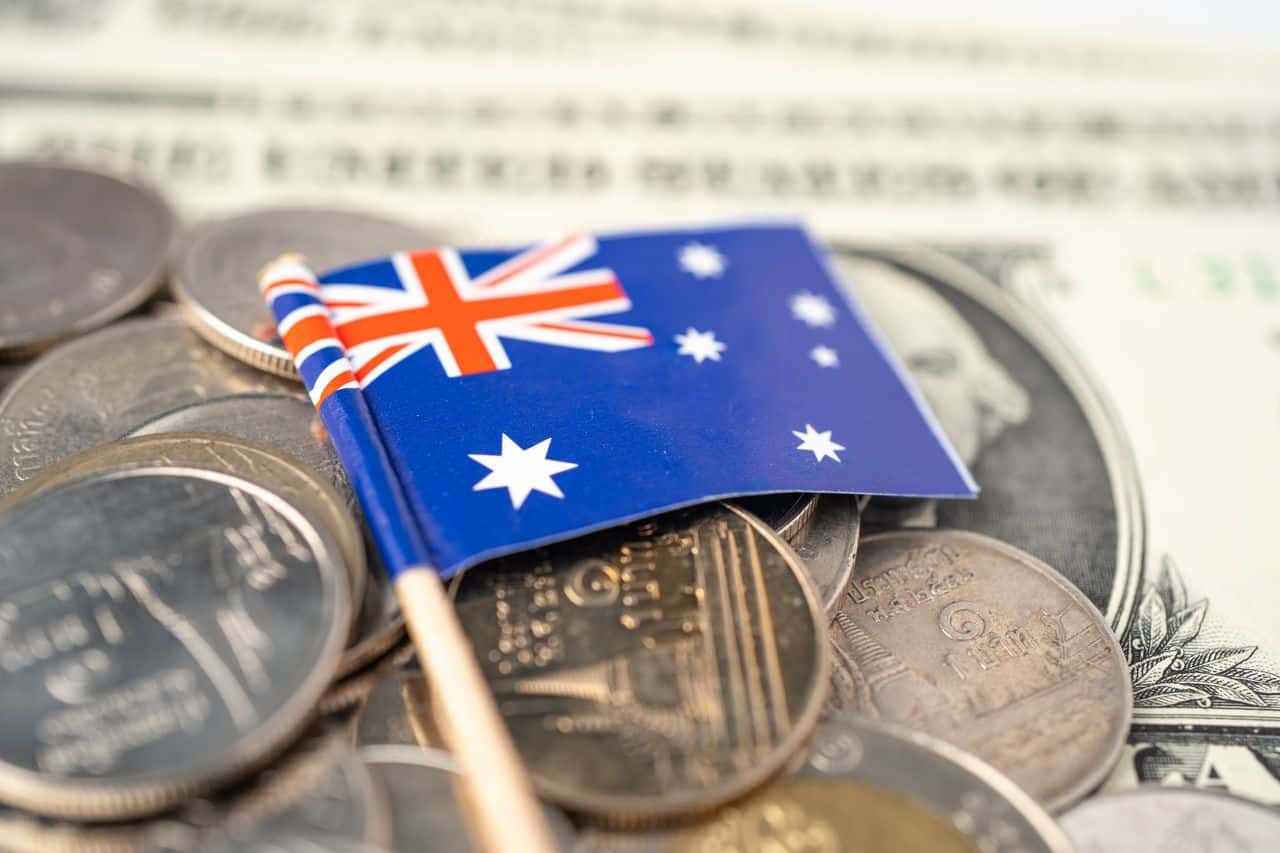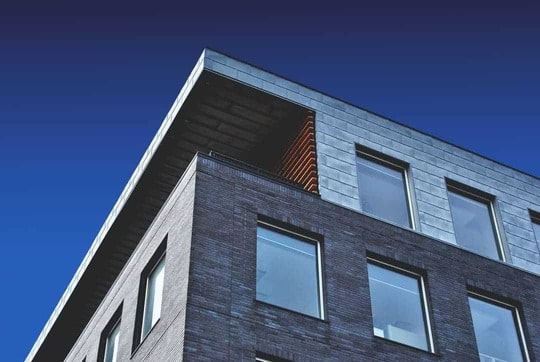“How much is it to build a house?” is a question many Australians are asking these days, especially in today’s soaring housing market. Building your own house from scratch is an exciting prospect, as the cost of buying a pre-existing home becomes increasingly out of reach., but it comes with a lot of considerations and factors that influence the final price.
While established housing comes with a clear price tag, making it easy to budget for the purchase, taking into consideration the cost of building a house isn’t as straightforward; there are numerous factors that influence the price you end up paying.
So, here are a few things you should consider when establishing how much it might cost you to build your dream home.
The Cost of Land: A Foundation for Building
The first consideration when determining the cost of building a house pr a fixed price building contract is the price of the land on which it will be built on.
Land prices vary significantly across Australia, and Sydney is known for its high land costs.
According to the Urban Development Institute of Australia, the average cost of land in Sydney in 2020 was $495,000. In comparison, Adelaide’s land cost was $183,460, and Melbourne’s was $319,000. These figures continue to climb as years go on.

Factors Influencing the House Building Costs
Several key factors influence the construction cost of a house, including:
Size of the House
The size of the house plays a significant role in determining the cost of construction. Commsec estimates that the average house in Australia is around 195.8 square metres, with three bedrooms, and sits on approximately 470 square metres of land.
However, new builds tend to be larger, with an average size of 235.8 square metres. A larger house with more bedrooms will require more building materials, specialised equipment, and labour, leading to higher construction costs.
Quality of Materials and Finishes
The quality of materials and finishes you choose for your house can greatly impact the overall cost. While opting for high-quality materials may result in better craftsmanship and finishing, it can also increase construction expenses per square metre.
Conversely, choosing cheaper and lower-quality materials may initially save you money, but you may incur additional costs in the long run for repairs and replacements.
Labour Costs
The cost of materials and labour can vary based on the quality of materials, finishes, and the complexity of the design. Consulting with reputable home builders in Sydney can provide detailed pricing information based on your desired specifications.
Design Complexity
The complexity of the design plays a crucial role in the cost of building a house. Simpler designs are generally less expensive and quicker to build, while more complex designs can be costlier and take longer to complete.
So, you need to carefully consider the design elements and consult with professionals to strike a balance between your vision and budget.
Location and Site Considerations
The location and site where you plan to build your house can also affect the cost. Certain areas may have specific council requirements and planning overlays that add to construction expenses. Additionally, the condition and terrain of the land can impact the cost, with architects often maximising the lot and floor space to make the most of the site.
Timeframes and Supply Chain Issues
Timeframes and supply chain issues can significantly impact the cost of building a house. Delays in material deliveries and supply chain disruptions, as experienced during the COVID-19 pandemic, can cause project stalls and increase holding and accommodation costs.
You should always factor in potential delays and work closely with your builder to manage timeframes effectively.

The Average Building Costs in 2023
Building a house in Australia can be pricey, with costs ranging from around $1,300 per square metre to $3,900 plus per square metre. But pinning down an exact cost can be tricky.
That’s because the final price tag depends on a variety of factors, including the level of finishes, the materials chosen, the labour required, and even the state of the economy.
The Current State of Affairs
Global supply chain shortages have significantly impacted the construction industry in Australia, leading to increased costs for building materials. In fact, some sources predict that the overall cost to build a house in Australia will be over $75,000 higher in 2023 compared to 2022:
- The average cost of timber has risen by between 20 and 40%
- Reinforced steel has risen by 40%
- Plastic piping is 26% more expensive
However, there is some good news.
According to CoreLogic, although the annual CCCI (Cordell Construction Cost Index) remains high, there has been an easing in residential construction costs. The 1.9% rate of growth over the December quarter is well down on the 4.7% recorded during the September quarter.
So, while global supply chain issues caused by the Russia-Ukraine war and labour shortages continue to impact the cost of construction materials, there has been a pullback from consumers due to the Reserve Bank of Australia raising the cash rate to deal with inflationary pressures.
As a result, the pipeline for building projects has been reduced, with new building prices down 41% since their historic high in March 2022. This reduction should help alleviate construction costs in the future.
Additionally, as skilled migration continues to ramp up, there will be better availability of construction workers, and the costs associated with some trades and labour will hopefully slow.
This all has a knock-on effect on the consumer price index. If construction cost growth reduces, it would help lower the rate of inflation as well.
So, it’s not all doom and gloom.
What Does This Mean for You?
You’re probably wondering how this translates into the cost per square metre, because that’s what really matters.
As mentioned earlier, building costs vary significantly based on your location, the project design, and the quality of the finishes. The final cost will be unique to the build.
Here’s a rough guide to what it might cost to build a 3-bedroom, quality-constructed brick veneer house across the major cities:
| City | Cost Per Square metre |
| Sydney | $2,000 |
| Brisbane | $1,900 – $2,300 |
| Melbourne | $1,900 – $2,100 |
| Adelaide | $1,900 – $2,100 |
| Perth | $1,965 – $2,400 |
| Canberra | $1,965 – $2,400 |
| Hobart | $1,965 – $2,400 |
| Cairns | $2,200 – $2,600 |
| Darwin | $2,200 – $2,700 |
These figures are rough estimates, and the actual cost will depend on the specifics of your project.
Key Takeaways
- The average cost of building a house in Australia is influenced by factors such as land prices, house size, design complexity, and the quality of materials and finishes.
- Carefully considering these factors and working closely with professionals can help you plan and budget effectively for your dream home.
- Additional expenses such as design services, permits, and construction materials should be accounted for to ensure your project stays within your financial means.
Building a house is a significant investment, and making informed decisions is important. Consult with quantity surveying experts to gain a better understanding of the specific costs and requirements for your unique project.

Ready to get started?
Talk to one of our friendly property experts to get a free quote or more Information.
